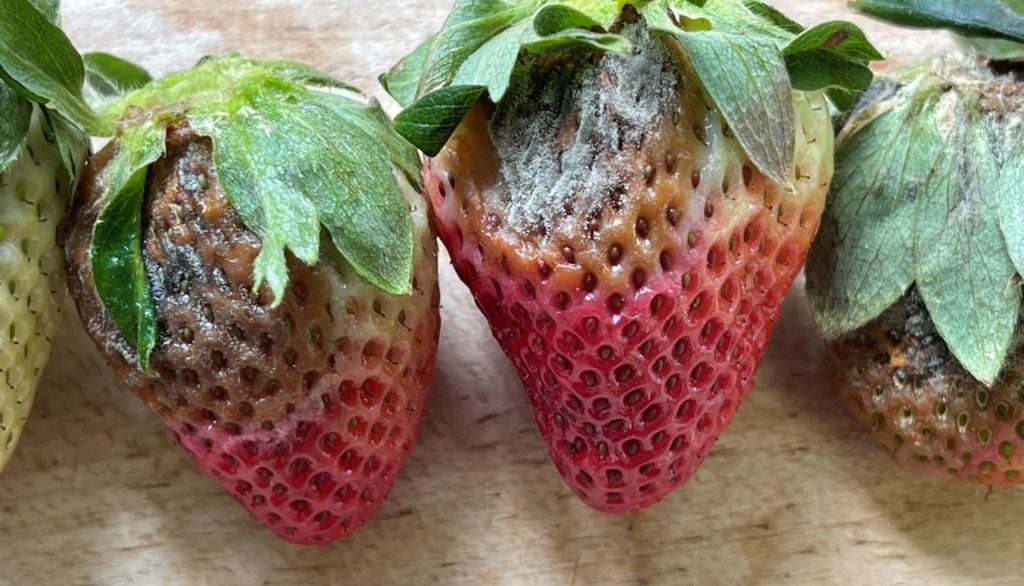By Clint Thompson
A University of Georgia Extension fruit disease specialist encourages grape and strawberry producers who are concerned that botrytis resistance is developing to their fungicides to comply with testing procedures at Clemson University.

Phil Brannen stresses that growers should be concerned with potential resistance forming to the botrytis disease.

“Botrytis as a fungus is more adept at developing resistance than most fungi. It develops resistance to multiple classes,” Brannen said. “Testing is also very important. If you do not know whether your fungicide is active or not, you might just be spraying the equivalent of water on the plant. If there’s resistance, it’s usually complete resistance. You can spray and get a lot of disease and not understand why. If you conduct these tests, they will tell you. You have to do it yearly, but it gives you a snapshot in time which fungicides you should be using that are still active versus the ones that are not.”
While there is an $80 fee for in-state customers and $100 for those out of state, the testing is vital to sustainability within both commodities. It also provides industry experts like Brannen the knowledge to know what fungicides growers should be applying.
“It gives us a lot of information,” Brannen said. “(Testing) gives us general ideas of which classes are very likely to develop resistance and which ones are less likely. Even on the fly, I can give a producer some information that’s likely to be accurate for his site.”
Botrytis remains a threat to the future of both commodities.
“It’s a major disease for both commodities. It’s very important that you know what is working. In strawberries I would say botrytis and anthracnose drive your disease spray program,” Brannen said. “In grapes, there are four major times in which you have to spray a botryticide. Most of the season you have to keep something on it, at least like Captan, in order to suppress it. But you have to have active botryticides at four times. If you miss one of those sprays in grapes, then botrytis is inside the cluster, and it just rots the entire cluster. You can not make wine out of that cluster. It becomes a mess.”
Click here for more information about the Clemson testing.











